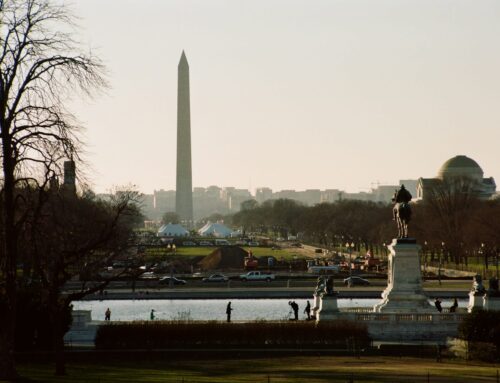Every year, the White House proposes slashing funding for taking care of aging locks and dams on the nation’s rivers and imposing new fees on barge operators.
And every year, Congress provides more generous funding than the White House proposed and says no to user fees.
President Donald Trump kicked off the annual budget ritual this month with a plan that would halt long-delayed work on a $1.2 billion Monongahela River locks and dams project that officials say is vital to the Pittsburgh region’s economy. Mr. Trump made the same proposal last year.
While a complete spending plan has yet to be enacted for the current fiscal year, Congress has indicated it wants to keep the Lower Mon work going.
Mr. Trump also is proposing spending only about $5 million of $104 million that barge operators are expected to pay in diesel fuel taxes in the fiscal year that begins Oct. 1.The taxes and federal matching funds finance large lock and dam construction projects, including the Lower Mon work that Mr. Trump wants to halt. The U.S. Army Corps of Engineers manages the work.
The proposed budget also would impose $1.7 billion in new fees on barge operators over the next decade, something presidents George W. Bush and Barack Obama tried and failed to do.
“It will be up to Congress again to keep the projects going and smack down the fees,” said Michael Toohey, president and CEO of the Waterways Council, which represents barge operators and other river users groups.
Mr. Toohey said it doesn’t make sense to levy additional fees on barge operators if the White House doesn’t want to spend most of the taxes that the industry is paying to fund lock and dam projects. At the barge industry’s urging, Congress raised the diesel fuel tax from 20 to 29 cents per gallon in 2014 to provide more money for clearing up an $8 billion backlog of plans for replacing aging river infrastructure.
Mr. Trump’s budget plan would hurt businesses in Pennsylvania, Ohio and other states that helped elect him, Mr. Toohey said. He said other groups that benefit from the infrastructure should shoulder some of the costs, including recreational boaters, as well as municipalities and industries that draw water from the pools created by the dams.
Mary Ann Bucci, executive director of the Port of Pittsburgh Commission, said it is important to keep work on the Mon River locks and dams going.
Lawmakers authorized the project in 1992 at an estimated cost of $750 million. But inconsistent funding since then has driven up the anticipated cost of completing a scaled down version of the project to an estimated $1.2 billion.
“These delays do nothing but increase the price … No taxpayer wants that,” she said.
While the U.S. House of Representatives and the U.S. Senate have yet to agree on a spending plan for the current fiscal year, neither appears interested in going along with Mr. Trump’s proposal to spend nothing on the Lower Mon project.
House and Senate budget proposals call for spending between $150 million to $220 million in the current year, money that would be matched by the diesel tax revenue. The funds would be split among the Lower Mon project, a larger project on the Ohio River at Olmsted, Ill., and other high priority projects.
The diesel taxes and the user fee Mr. Trump is proposing also would be used to cover 10 percent of the cost of operating and maintaining locks and dams — an expense currently paid exclusively by taxpayers. While barge operators object, a taxpayers watchdog group believes the industry should pick up some of those costs.
“They’re the ones who should bear the greatest responsibility for building and maintaining them,” said Joshua Sewell, a senior policy analyst for Taxpayers for Common Sense.
The group estimates taxpayers foot 90 percent of the bill for building, operating and maintaining locks and dams.
Brad Walker, rivers director for the Missouri Coalition for the Environment, also thinks industry isn’t paying enough. “The barge industry just will not pay its share,” he said.
He said that while lock and dam construction projects are typically funded equally by industry and taxpayers, Congress in 2014 approved the idea of taxpayers covering 85 percent of the costs of completing the Olmsted project. That project has experienced even larger cost overruns than the Lower Mon work.
“That’s a huge shift to taxpayers,” Mr. Walker said.











Get Social